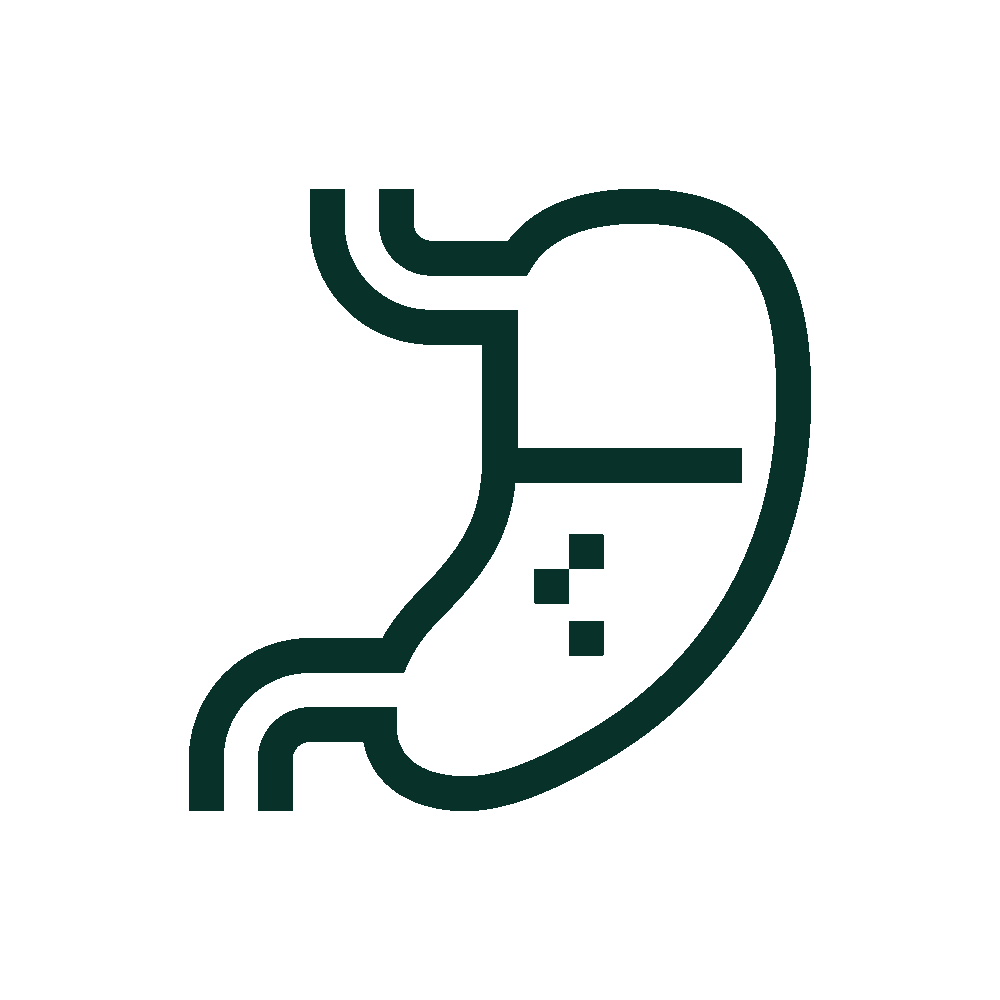What to Know About EPM
A Q/A with Sarah Reuss, VMD, DACVIM, Technical Manager, Boehringer Ingelheim / May 17, 2024

Equine Protozoal Myeloencephalitis: What Horse Owners Need to Know
What is Equine Protozoal Myeloencephalitis?
Equine protozoal myeloencephalitis (EPM) is a disease that we can break down by its name. “Equine,” as it is a disease that occurs in horses. “Protozoal,” as it is caused by a single-celled parasite called a protozoa. The protozoa that most frequently causes EPM is Sarcocystis neurona. "Myelo" meaning spinal cord and “encephal” for brain refer to the fact that the disease causes inflammation (“itis”) of the nervous system. While it is relatively rare, EPM can be very debilitating and have permanent consequences.
How Do Horses Get It?
The S. neurona parasite enters horses if they eat contaminated opossum feces. While there are several intermediate hosts, such as armadillos, skunks and domestic cats, the opossum is the only known definitive host, meaning it is the only animal that can spread the parasite to horses. While you may think your horses aren’t around opossums very often, ingested hay, feed and water can all be contaminated with opossum feces and expose your horse. EPM is not contagious from horse to horse.
What Are Some of the Clinical Signs of EPM?
The clinical signs of EPM vary significantly from horse to horse, and the disease has been described as “the great pretender,” because it can look like so many other conditions. The predominant signs of EPM are related to the nervous system, and can range from very subtle to severe. Initially, a horse may simply have a gait abnormality or be a little dull. With more severe clinical signs, we might see stumbling, tripping and asymmetrical muscle loss, with one side of the horse being very different than the other. The horse may also have trouble swallowing, blinking or holding its head straight. In the most severe cases, the horse is unable to stand.
How Is It Diagnosed?
Something to know about EPM is that the sooner it’s diagnosed, the better the chances are for a full recovery. If you notice any of the clinical signs, you should call your veterinarian. The first thing the veterinarian will do is a complete neurologic examination, which includes checking reflexes and observing the horse to see how well they know where their feet are. If the veterinarian concludes the horse does have some neurologic issues, they may follow up with a blood test, which can determine if the horse has been exposed to the disease. One big challenge with EPM is that in most areas of the country, over 80% of horses have been exposed to the disease, and may have a positive blood test even without the parasite having actually invaded their nervous system. The best way to truly diagnose EPM is to test spinal fluid, which tells us if the protozoa have made their way into the central nervous system.
Can It Be Prevented?
There is no vaccine for EPM. You can prevent exposure by mitigating the potential of opossums being around the barn. Keeping your horse systemically healthy so their immune system can fight off any exposure is also helpful. This includes regular checkups with your veterinarian, a comprehensive vaccination and deworming schedule, and minimizing stress when possible.
What Are Some Ways You Can Prevent Opossums From Being on the Property?
Because there is no vaccine for EPM, one of the best ways to help eliminate a horse’s exposure to the disease is to manage the environment by making it unwelcoming to opossums. You can take measures to discourage opossums by practicing the following:
- Eliminate sources of food, especially fallen fruit, cat food, dog food, grain and bird seed.
- Remove potential sources of shelter for opossums, such as wood piles.
- Provide fresh water sources for horses to minimize the chances of them drinking from water sources that may have been frequented by opossums.
- Properly dispose of animal carcasses.
- Hire a professional animal removal service if the opossums continue to be a problem.
Can EPM Be Treated?
If a horse does contract EPM, the disease can be treated with MARQUIS® (15% w/w ponazuril). The ponazuril in MARQUIS paste kills S. neurona to prevent additional damage to the central nervous system. Nearly 60 percent of EPM-positive horses respond to treatment within the first month.1
For more information about EPM and MARQUIS, click here.
1Marquis Freedom of Information Summary.
IMPORTANT SAFETY INFORMATION: The safe use of MARQUIS in horses used for breeding purposes; during pregnancy or in lactating mares has not been evaluated. In animal safety studies, loose feces, sporadic inappetence, lost weight and moderate edema in the uterine epithelium were observed. For use in animals only. Not for human use. Keep out of reach of children.
MARQUIS® is a registered trademark of Boehringer Ingelheim Animal Health USA Inc. ©2025 Boehringer Ingelheim Animal Health USA Inc., Duluth, GA. All rights reserved. US-EQU-0129-2024






